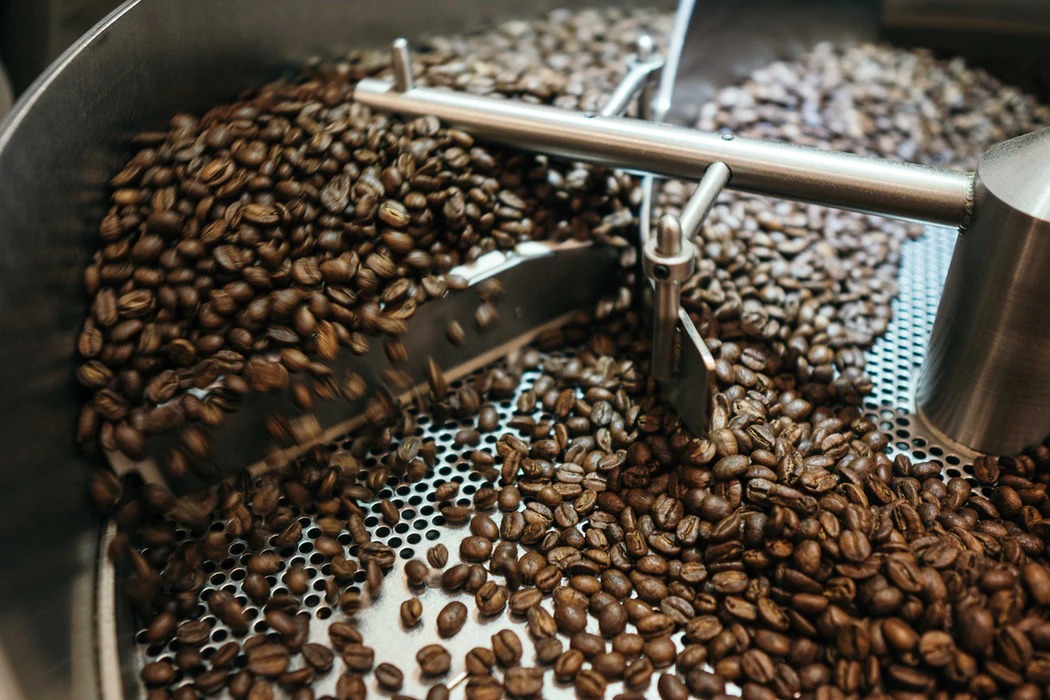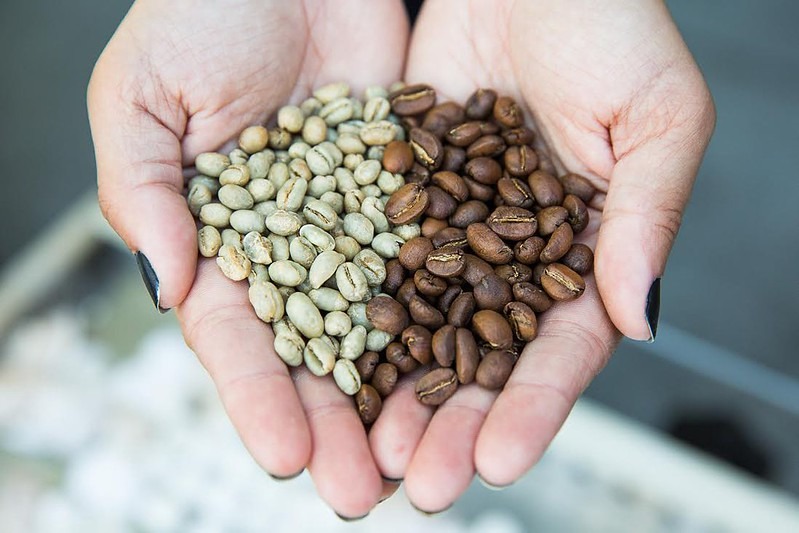This article presents an overview of the chemical compositions of coffee such as carbohydrates, proteins, lipids, caffeine, acids, aromatics and minerals. The above basic groups of substances are present in all varieties coffee species, however, depending on the variety of coffee and depending on the cultivation conditions, the chemical composition in coffee can change.
Each type of coffee that you brew will have a different chemical composition and provide a different sensory experience. However, they all have the same origin, are all from the Coffea tree, and are processed by the same methods.

There are many ways to organize and classify the compounds present in coffee. Several studies sorted by taste effects, physiology, pre- and post-roast effects, growing and processing effects. In the area of aromas and flavors alone, Flament lists 300 chemicals that contribute to green coffee beans. And more than 850 substances after roasting. He lists 16 main categories to include compounds related to aroma and taste – according to wikipedia.
Therefore, this stub article can only mention some details of the ingredients of coffee such as carbohydrates, proteins, lipids, acids, aromatics and minerals, … to give you a basis for further studies.
1. Organic substances in coffee
Chemically, coffee is complex and its exact composition depends on many factors such as variety, roasting, grinding and brewing conditions. The variability of coffee highlighted by a recent study that analyzed the chemical composition of coffee beans including: carbohydrates, fats, proteins, organic acids, caffeine, and bitter substances (tanins). It contains 2-3% caffeine, 3-5% tannin, 13% protein and 10–15% fixed fat. In the seeds, caffeine is present as a salt of chlorogenic acid (CGA). In addition, it also contains many aromatic substances and minerals – according to intechopen.com
2. Carbohydrates in coffee
In green coffee, carbohydrates (hydrated carbon molecules with complex structures) make up about 40-50% of the chemical composition of coffee including both soluble and insoluble parts.
High molecular weight carbohydrates or polysaccharides in coffee beans are mainly three types of polymers: Arabinogalactan, mannan (or galactomannan) and cellulose.

Carbohydrates are the main ingredients that create the ‘shape’ of coffee beans
The main low-molecular-weight carbohydrate (or simply called sugar) in green coffee is Sucrose. Most documented values for sucrose range from 2% to 5% for Robusta beans and 5% to 8.5% for Arabica beans (summarized by Clifford 1985).
During roasting, these carbohydrates react with amino acids to produce complex structural molecules called melanoidins. Their exact composition is not known, but these macromolecules are generally brown in color. Several studies indicate that melanoidin exhibits various biological activities. including antibacterial, antioxidant and the ability to influence the gut microbiota.
3. Protein in coffee
The protein content in coffee is not high, but plays an important role in helping to shape the flavor of coffee during roasting through Maillard’s reaction with sugars in coffee. By qualitative methods, it was found that in the protein composition there are main amino acids such as: cysteine, alanie, phenylalanine, histidine, leucine, lysine, derine…
These amino acids are rarely found in the free form, they are released and react with each other or interact with the flavoring and flavoring substances for roasted coffee. Among the above amino acids, the most notable are the acids sulfur-containing amines such as cysteine, methionine and proline… They contribute to the characteristic aroma of coffee after roasting. In particular, methionine and proline have the effect of reducing oxidation of aromatic substances, making roasted coffee retain its flavor when stored.
4. Organic Acids
Acid composition in coffee includes a set of more than 30 different organic acids, with some important acids such as: Acetic acid, Citric acid, Chlorogenic acid, Phosphoric acid.. These organic acids contribute to the formation of organic acids. So the Acidity (acidity) characteristic of coffee. The composition, and acid content in coffee depends on the coffee variety and changes continuously during processing, but mostly during fermentation, and roasting of the coffee some acids will significantly lost, others will be regenerated.
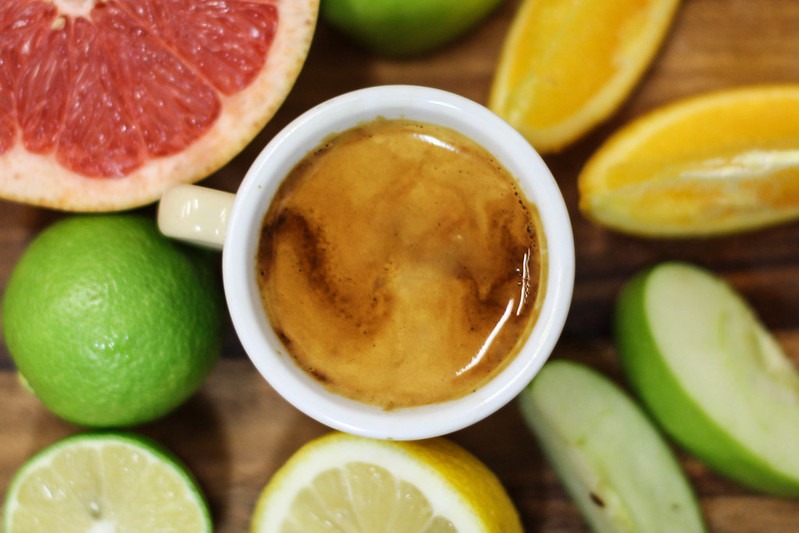
Acid in coffee is not prominent to be felt as clearly as fruits, the acidity of coffee is created by a very diverse set of organic acids.
Acid degradation products during roasting often participate in the Maillard reaction and give rise to a variety of compounds including very bitter-tasting and brownish-colored melanoidins. So, the darker the roast, in general, the more bitter the beans will be.
5. Lipids – oil in coffee
Lipids or simply fat, which play an important role in the quality of your cup of coffee, mainly composed of triacylglycerols, sterols and tocopherols (vitamin E). The lipid content in coffee varies depending on the species. Typically Arabica contains more lipids than its cousin Robusta, averaging 15-17% and 10-11.5% respectively. However, only a small percentage of the oil actually exists in the waxy form that coats the coffee beans (7-8%), while the majority distributed in the endosperm (about 90%).
Arabica contains nearly 60% more lipids than Robusta – May play an important role in scent retention. A study of Central American coffees, has shown a direct correlation between lipid content and overall flavor quality – Coffeechemistry.com
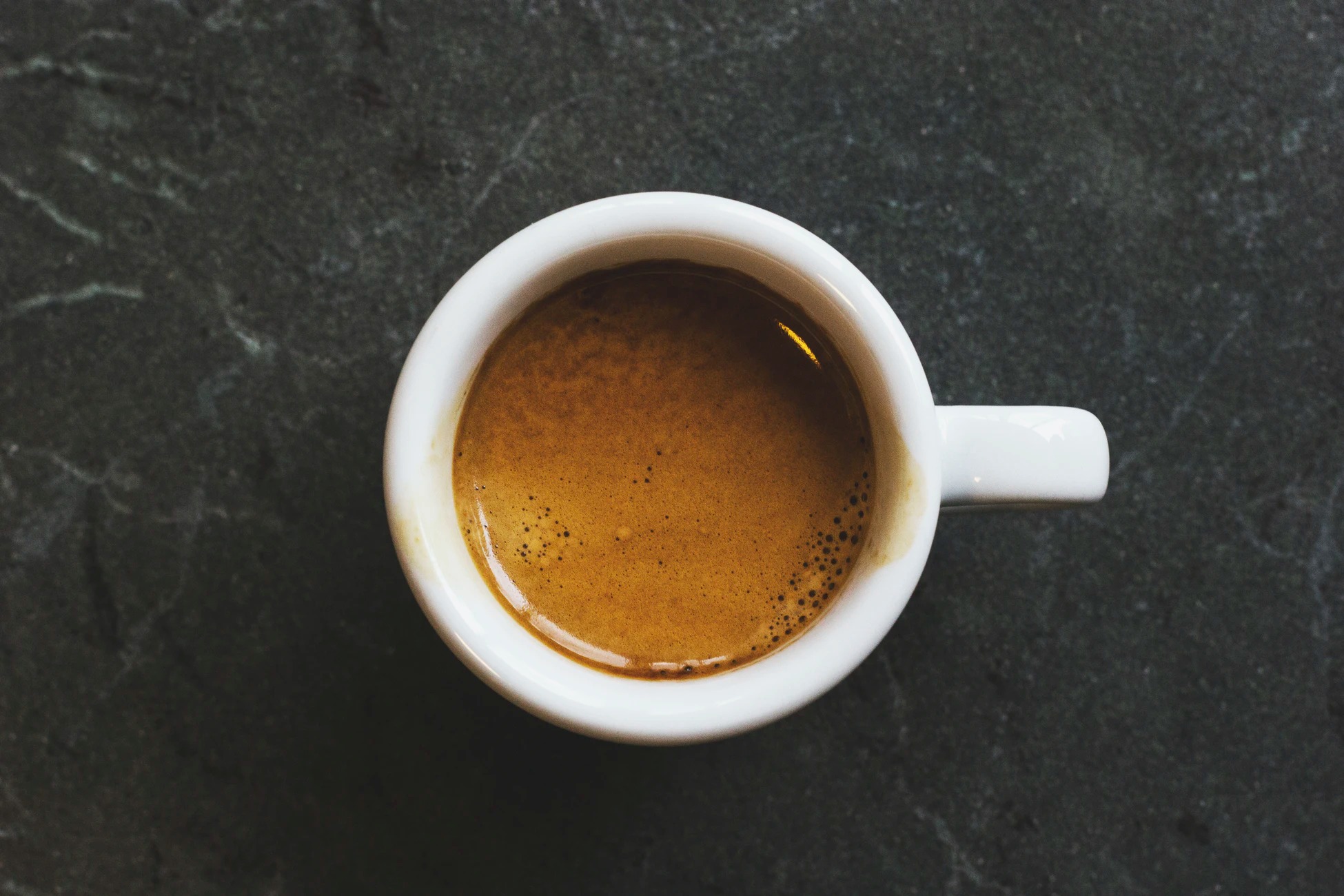
The crema layer floats on top of the espresso coffee due to its high lipid content
However, depending on the preparation method used, the lipid content obtained in the cup will different. Studies have shown that filter coffee brewing methods retain only 7 milligrams of lipids. Since most of the coffee flavor is dissolved, drip coffee has a “cleaner feel” than unfiltered coffee.
6. Alkaloids (Caffeine and Trigonelline)
Coffee beans contain several types of alkaloids including, Caffeine, Putrescine, Theophylline, Trigonelline. Of these, Caffeine is found in both coffee and tea. Trigonelline found only in coffee are the two main alkaloids known as stimulants in humans and for which we love coffee.
Caffeine (also known as trimethylxanthine), an alkaloid, may be the reason you love drinking coffee. Alkaloids have a CNS stimulant effect that increases alertness, they have a bitter taste in their pure form. Caffeine contributes to the overall strength and bitterness that characterizes coffee. Depending on the species and variety, caffeine makes up between 0.6 and 4% of the grain weight. Also, contrary to popular belief, the roasting process does not reduce the caffeine content of the beans.
In coffee beans, caffeine contributes only about 10% to the bitter taste of coffee, the rest is caused by Trigonelline (The Coffee Roaster – Scott Rao – 2014).
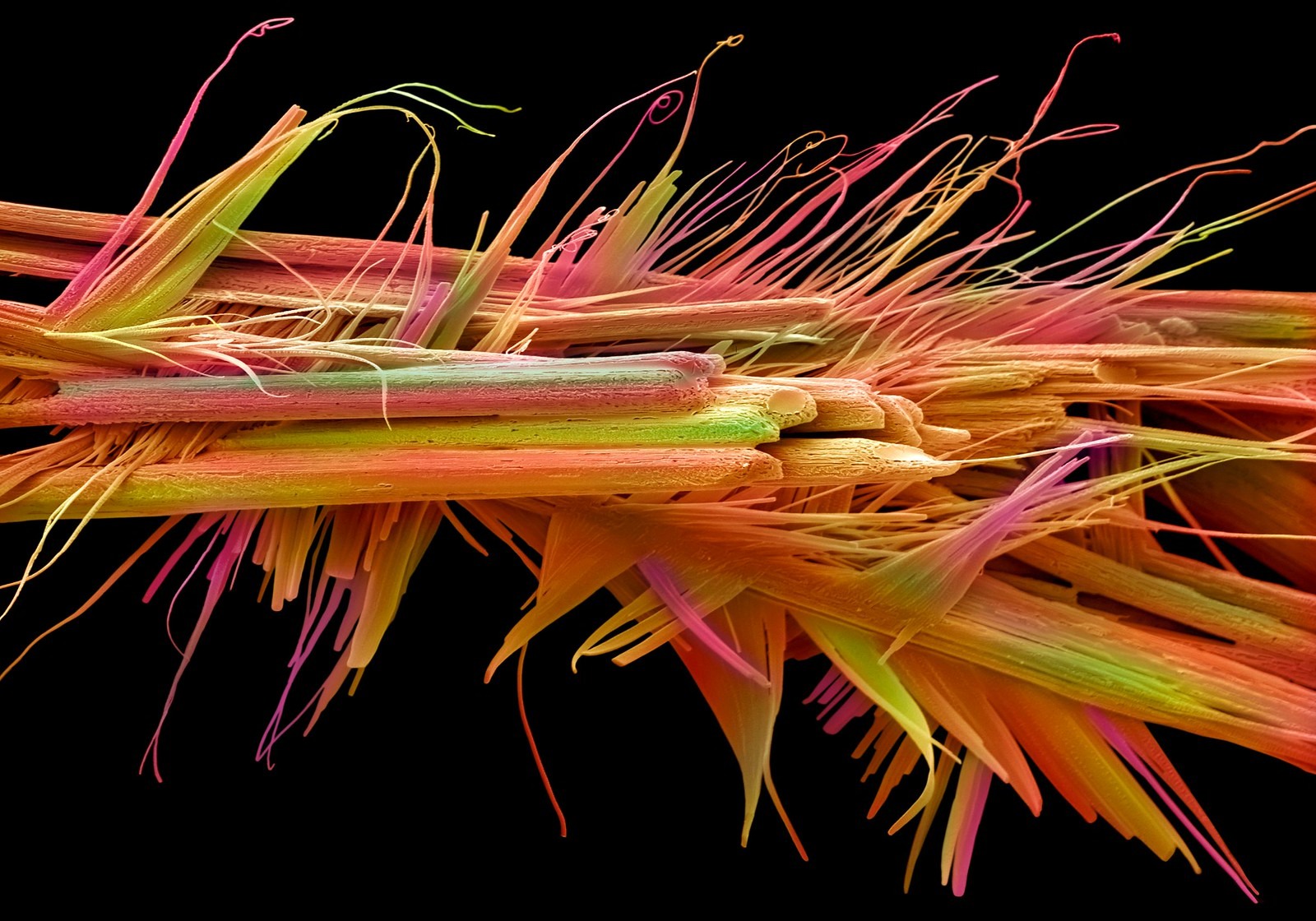
Electron Micrograph of Caffeine – Photo by Annie Cavanagh
In coffee berries, Caffeine acts as an insect repellent. The average caffeine content in Robusta coffee is higher than that in Arabica coffee, so the resistance to pests is also better. Although it recognized by many studies as benign, and has no adverse effects on health, the dosage of caffeine is also different for each person depending on the location, the level of sensitivity.
7. Aroma in coffee
The components of this section do not share a common chemical property, but the physical property is volatile. This is responsible for most of the coffee’s aroma and usually comes from reactions during the roasting process, but storage can also affect them. Studying all of these compounds is a complex work, there are more than 1000 volatile compounds found in a typical cup of coffee. They are volatile by name and nature – they tend to fly away before it’s time to measure them!
Today we have found more than 800 odor compounds in coffee, 150 of which make up the main combination we call “coffee aroma” – according to coffeeresearch.

The roasting process is integral to changing the chemical structure of the coffee beans and creating important flavors and aromas.
In coffee, the content of aromatic substances is very small, it is formed and accumulated in the beans. Accumulation is subject to many factors such as soil, climate and especially the type of coffee. The accumulation of aromatic substances in the beans in particular. So the higher the coffee varieties grown, the better the quality of the beans.
8. Minerals in coffee
It is impossible not to mention a very small amount of minerals in coffee. including about 3-5% mainly Potassium, Nitrogen, Magnesium, Phosphorus, Chlorine. There are also aluminum, iron, copper, and sulfur substances, which only exist in trace form. These substances adversely affect the aroma of coffee. The higher the coffee quality, the lower the mineral content and vice versa.
Finally, the chemistry of coffee is complicate because it contains hundreds of different compounds. Furthermore, the chemical composition depends on many factors. And the exact recipe of a cup of coffee is therefore difficult to establish. Although it is clear that coffee contains various bioactive compounds, its complex chemistry complicates. This article is for background purposes only, to give you a better foundation for in-depth research.
——————————————————————————————————-
We are here to match your requirement. Do not hesitate to contact us for the best price!
PRINCE COFFEE
ADD: 41/49 Huynh Thuc Khang Street, Dong Da District, HaNoi, VietNam
EMAIL: sales@fineco.com
HOTLINE: +84 966420187 (WHATSAPP/VIBER/ZALO)

